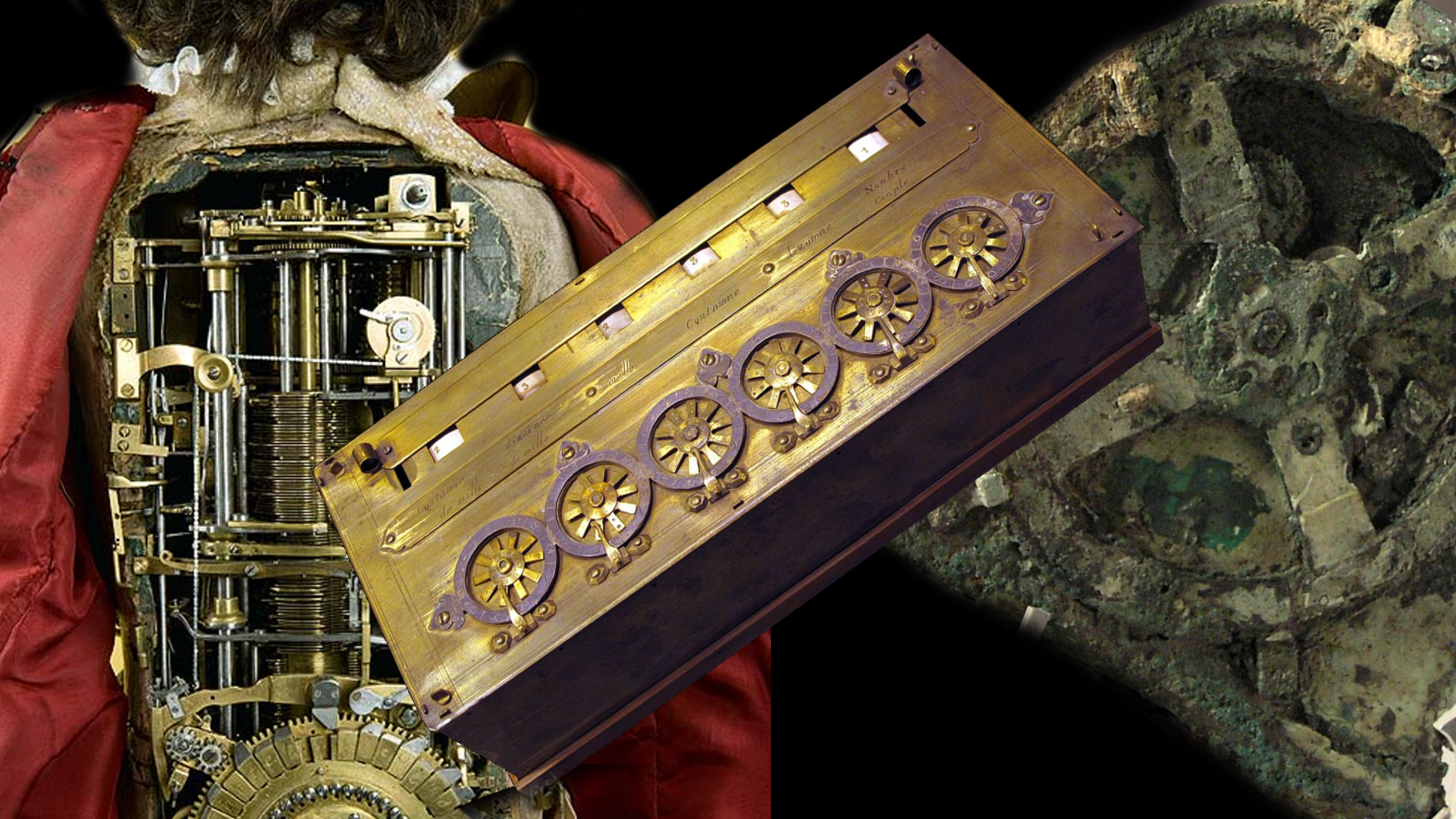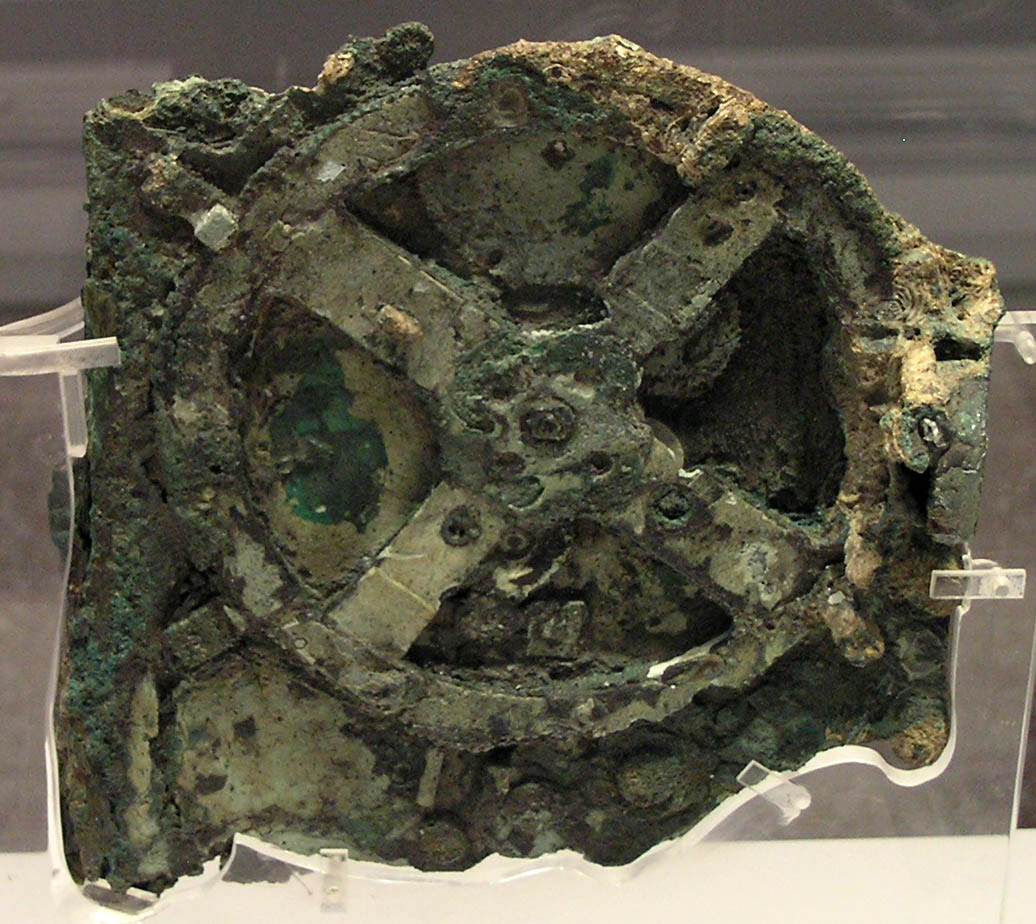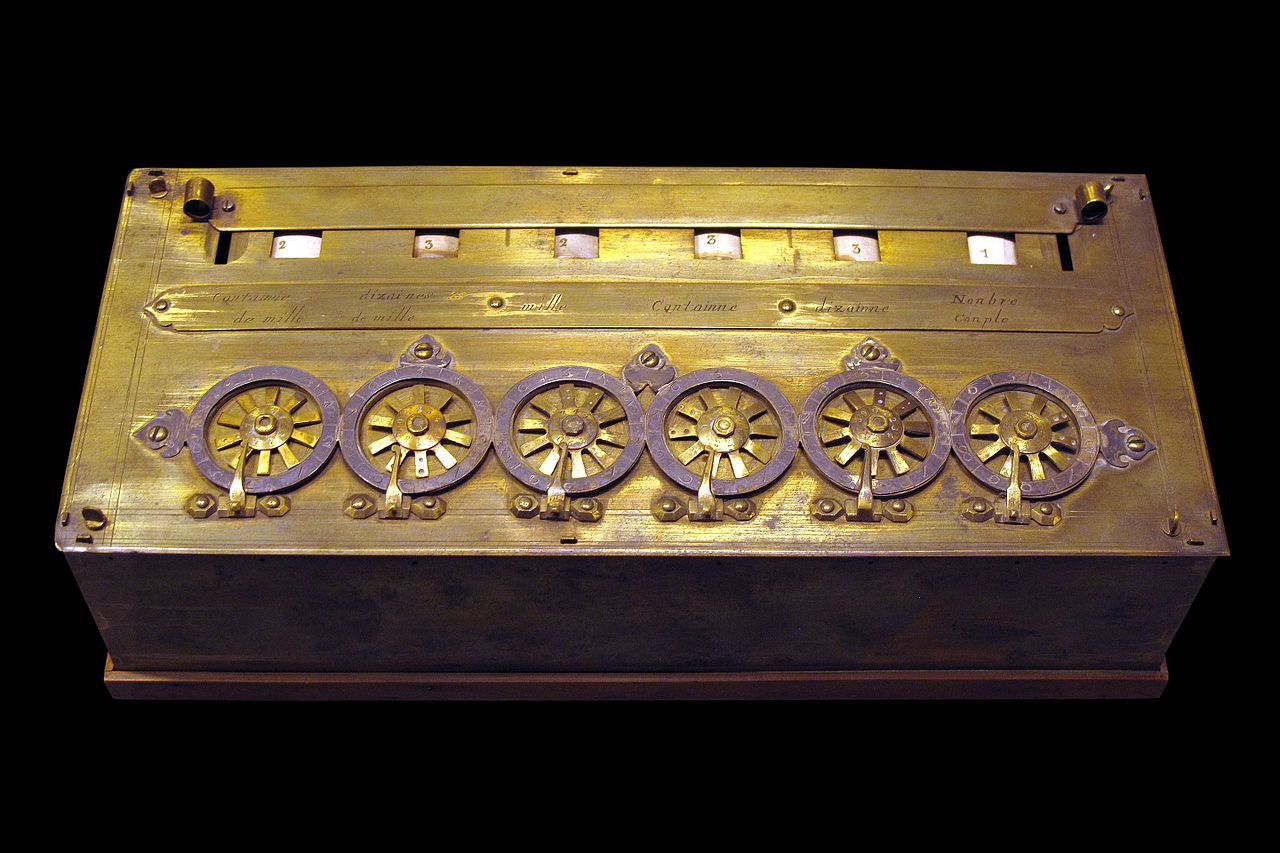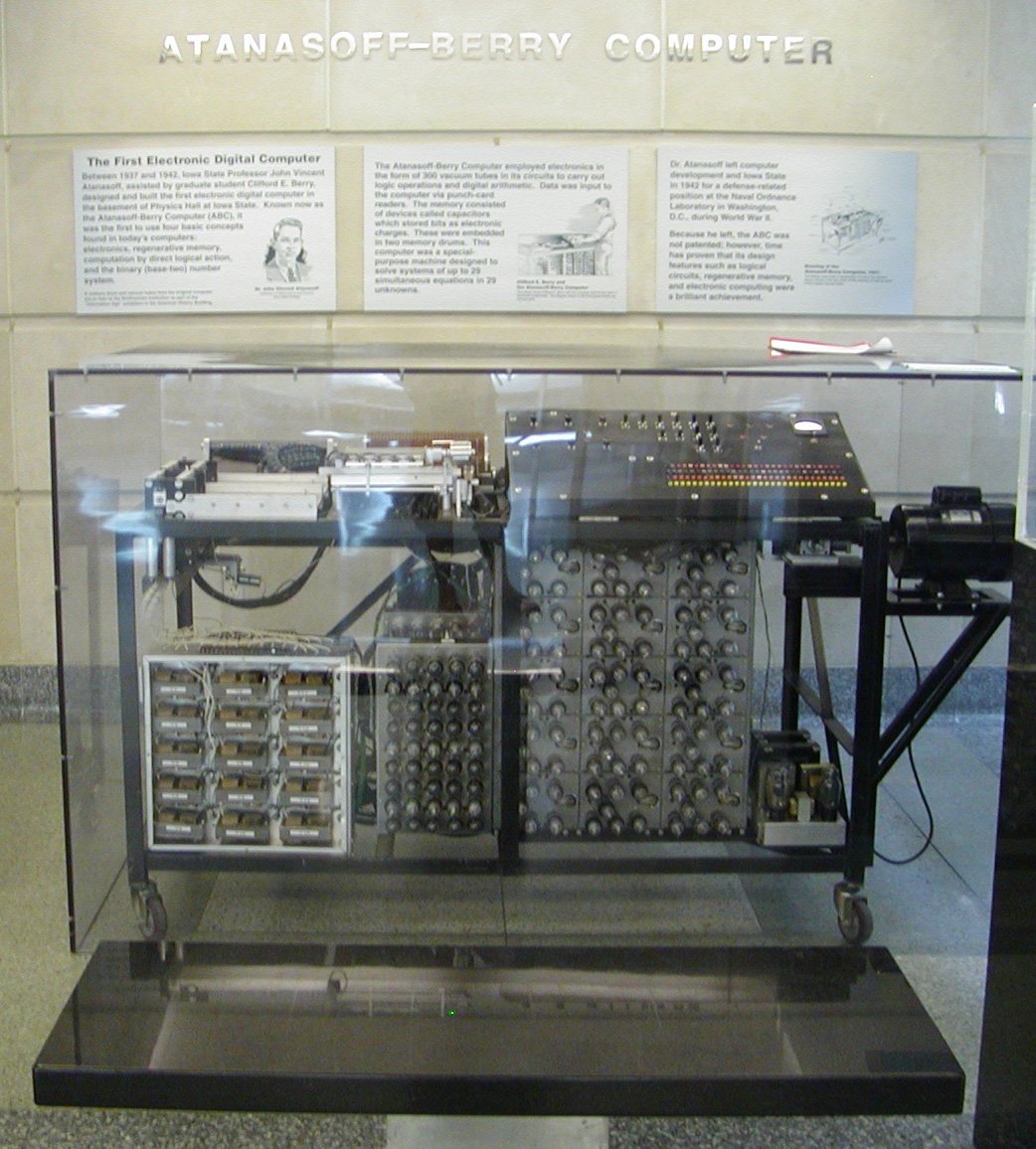Why are you reading this you may be wondering, well it’s likely because secretly you are an IT nerd like me, that or a stickler for punishment, either way it’s good to understand more about the field regardless of your involvement within it, especially if your current involvement awards you nil points.
Stating the obvious, information technology and the support thereof would never have existed without the technology in the first place, but how did it all come about?
The History Of IT Support
To get some understanding as to how IT Support came into force we have to look at devices that compute mathematical equations and the reasons for making them.
The first of these devices can be traced back many hundreds if not thousands of years, however to be honest though scholars argue that the 5000 year old Abacus was the first form of computer, and one that didn’t require an IT service license agreement, I personally believe it was not a compute device by definition, as defined by Wikipedia: ‘A computer is a machine that can be programmed to carry out sequences of arithmetic or logical operations automatically.’ which the Abacus does not. The earliest known mechanisms that ticked almost all of these boxes predominantly exist in mythology and stories of old with devices and automata made as toys, tools, as religious spectacles and to make exact calculations, but though well documented going back as early as the 11th century BC, virtually none of these devices have been discovered to date apart from the ancient Greek Antikythera mechanism, found onboard a shipwreck in 1901.
The mechanism which is believed to date back to 205 BC and possibly much earlier was not only many hundreds of years before its time, it used methods and components that were not seen again until at least the early 1300s. The Antikythera mechanism was made of bronze with a mix of wooden and bronze leavers, it had at least 37 different meshing gears that enabled precisioned calculations that aided a ships navigation with incredible accuracy, it provided such data as to the movement of the sun and moon through the zodiac, it traced the irregular orbit of the moon and could even predict total, partial, annual and hybrid eclipses, and I’m positive there would have been technicians not only onboard the boats operating the device but repairing them to, so in effect the first known IT support technicians were around in at least the 3rd Century BC. What’s interesting to note about the Antikythera’s discovery is that its use was an extremely important one helping trade, invasion and transportation, whereas every other known mechanical compute device thereafter up until the mid 1600s were predominately expensive luxury items made for the rich, famous and royalty, these were entertainment devices. And the automata which are/were programmable are in my view the very first computers, outdating Charles Babbage’s calculating device by at least 150 years, like this wonderful example of a boy writing known as The Writer, made by the late great Pierre Jaquet-Droz in 1774:
The World’s First Computers
Why do I believe that this type of automata is the first form of computer? Well in order for a device to be a computer it needs four main components: a processing unit (CPU), so a means to upload and store data, as well as a means to translate that information and a means to display that translated information which you can clearly see in the above video that this automaton does, and more.
However, other than watchmakers and engineers producing such wonders, mathematicians also took great interest in calculating devices. In 1642 French mathematician and philosopher Blaise Pascal set to work on making a calculator known as the Pascaline, after 50 prototypes and 3 long years his invention was finally ready for action. The Pascaline was believed to be the world’s first mass produced calculator, though still expensive it was now within reach of more people with the likes of big business and tax collectors adopting them. The Pascaline inspired the many calculator designs that came after it for more than a century and it was the combination of Blaise Pascal’s work along with the many inventors, engineers and watchmakers of the 18th century producing functioning automata that inspired the many mechanical and electromechanical computers that followed.
The World’s First Electromechanical Computer
There is some dispute in my mind as to who made the first electromechanical or digital computer, the majority of people you ask will tell you that John Atanasoff was the first and in some respects they would be right if they were unaware of another invention being at least tested that same year.
In 1937 the mathematics and physics professor of Iowa State College along with the help of a graduate student Clifford Berry set to work on their linear equation machine, after many years and many attempts in 1942 the machine was finally working, well, in part at least. Of the two processes the electromechanical computer was tasked to do, it only achieved one of them, the computer was able to calculate correctly but it was unable to print the desired information onto a card, in my mind that wasn’t complete success or proof that this was a functioning computer but more of a fancy looking calculator. Whereas onboard a US Navy submarine in 1938 stood a rather big heavy contraption called the Torpedo Data Computer (TDC), an automated torpedo firing, target tracking and monitoring device, if you think, this device was already being used inside submarines in 1938 it must have had at least a few years of development and testing before it could be put to any great use. So not only does the Torpedo Data Computer completely out date John and Clifford’s incredible but not perfect invention, it was already called a computer and functioned as one.
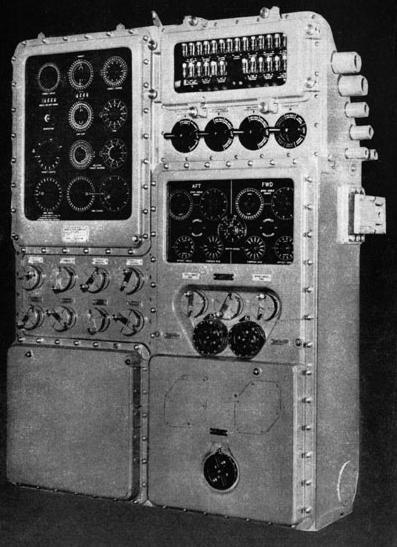
Image by Mieczeslaw on Wikipedia
The TDC required two additional crewmen onboard to maintain and operate it, and as the computer developed, the Navy set up a dedicated training school for its officers to fully understand it. By World War II the British, German, and Japanese military had adopted the TDC.
Sadly there is no information as to who invented these remarkably clever devices, but it is evidence that computers not only existed in the 1930’s but were already being used on scale and required two fully trained individuals to operate and maintain them just as computers do today.
Thank you for taking the time to read part 1, if you enjoyed this and would like to read part 2 you can find it HERE!
Do be sure to follow us on either LinkedIn, Facebook or Twitter to be notified of our latest content, or why not subscribe to our newsletter, it’s free and you can unsubscribe at any time, simply enter your name and email address below:




